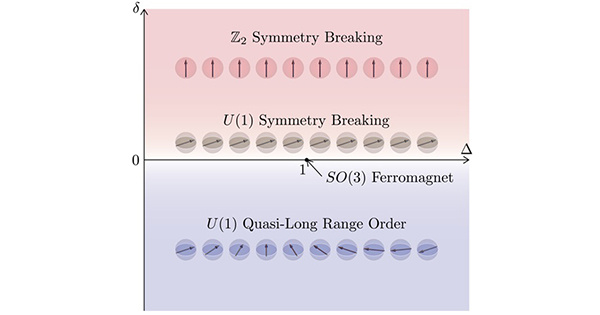Share this
Authors
Alireza Saeedi, Kun Wang, Ghazaleh Nikpourian, Andreas Bartels, Nikos K. Logothetis, Nelson K. Totah, Masataka Watanabe
Abstract
Brightness illusions are a powerful tool in studying vision, yet their neural correlates are poorly understood. Based on a human paradigm, we presented illusory drifting gratings to mice. Primary visual cortex (V1) neurons responded to illusory gratings, matching their direction selectivity for real gratings, and they tracked the spatial phase offset between illusory and real gratings. Illusion responses were delayed compared to real gratings, in line with the theory that processing illusions requires feedback from higher visual areas (HVAs). We provide support for this theory by showing a reduced V1 response to illusions, but not real gratings, following HVAs optogenetic inhibition. Finally, we used the pupil response (PR) as an indirect perceptual report and showed that the mouse PR matches the human PR to perceived luminance changes. Our findings resolve debates over whether V1 neurons are involved in processing illusions and highlight the involvement of feedback from HVAs.
Nature Communications: https://www.nature.com/articles/s41467-024-46885-6
These Related Stories
